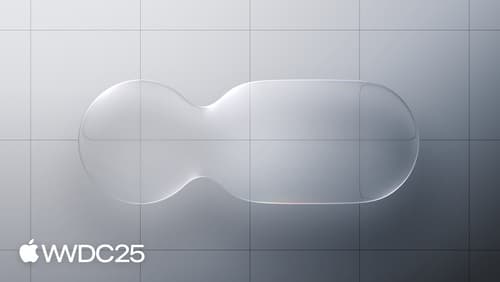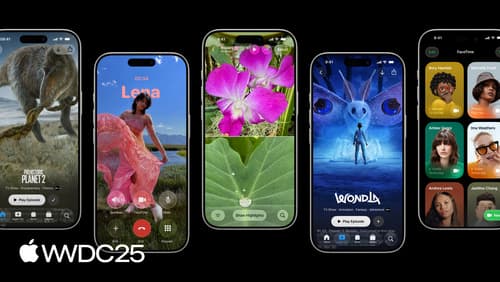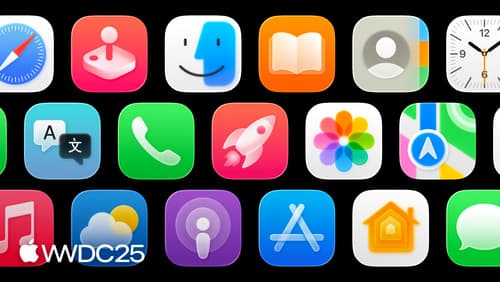quali sono tutti i componenti che adottano liquid glass in automatico?
Asked on 2025-06-19
1 search
Liquid Glass is designed to automatically adapt across different contexts and platforms. It is composed of multiple layers that work together to create its unique look, and it automatically adjusts its appearance based on the content and environment. This includes adapting to system settings like reduced transparency, increased contrast, and reduced motion, which are applied automatically when these settings are enabled at a system level.
Liquid Glass is used in various components, such as:
-
UIKit and AppKit Controls: Liquid Glass is applied to system controls like buttons and sliders, providing a new appearance that adapts to interactions. For example, UIKit offers APIs to adopt the Liquid Glass look, and AppKit automatically groups toolbar buttons on a single piece of glass.
-
Navigation and Functional Layers: Liquid Glass is used for navigation layers that float above the content, providing a distinct control layer. It is designed to be an interactive layer, enhancing the user experience by making controls feel more natural and distinct.
-
Custom Elements: Developers can use Liquid Glass for custom views by creating a UI Visual Effect view or an NS Glass Effect view, allowing for customization of appearance and behavior.
For more detailed information on how Liquid Glass adapts and is used, you can refer to the session Meet Liquid Glass (06:00) which covers its adaptivity and automatic behavior.

Meet Liquid Glass
Liquid Glass unifies Apple platform design language while providing a more dynamic and expressive user experience. Get to know the design principles of Liquid Glass, explore its core optical and physical properties, and learn where to use it and why.

Build a UIKit app with the new design
Update your UIKit app to take full advantage of the new design system. We’ll dive into key changes to tab views, split views, bars, presentations, search, and controls, and show you how to use Liquid Glass in your custom UI. To get the most out of this video, we recommend first watching “Get to know the new design system” for general design guidance.

Create icons with Icon Composer
Learn how to use Icon Composer to make updated app icons for iOS, iPadOS, macOS, and watchOS. Find out how to export assets from your design tool of choice, add them to Icon Composer, apply real-time glass properties and other effects, and preview and adjust for different platforms and appearance modes.
